Chess legend Philidor was right when he said, "Pawns are the soul of the game." Indeed, they are! If you think about pawns, they lay the foundation of the chess game.
From making the first move in an opening strategy to queening in the endgame, pawns can change the fate of any game at any time.
As a beginner, one must know how does a pawn move in chess. Trust me; it will change your playing style.
Pawn Moves in Chess:
All You Need to Know A pawn is quite a mysterious character in chess.
It doesn't carry the power like the pieces–rook, knight, or the queen–but it holds power to turn a game upside down. So, without any delay, let's get going.
1. How does a Pawn Move?
A pawn moves forward one square at a time. In other words, you put the pawn to the next square in front of it when you play a pawn.
Remember that a pawn doesn't move backward or in a diagonal or horizontal direction. In the below example, the pawn CAN'T move to e4, d5, or c5. It can only move to e6.
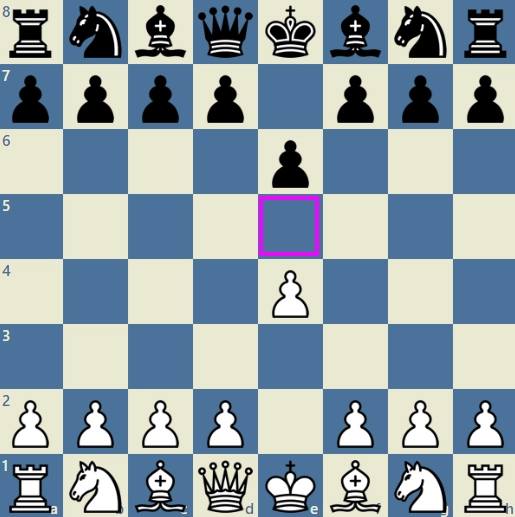
However, there's an exception. A pawn can move two squares when it's moving for the first time. Take a look at the below example. The king's pawn, aka the pawn at e2, can move to e4 on its first move.
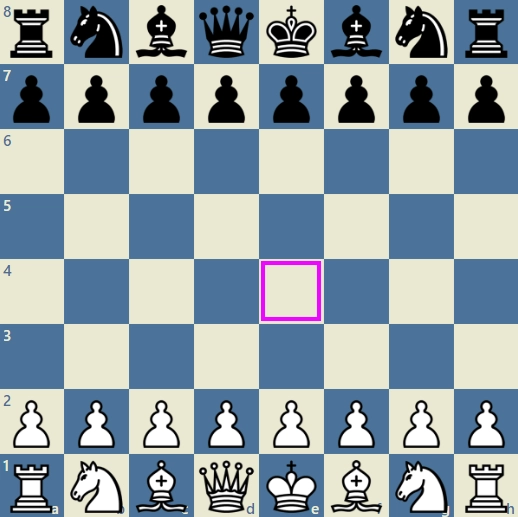
Similarly, the other pawns can also move two squares in their moves. The d-pawn can go to d4, c-pawn can go to c4, and so on.
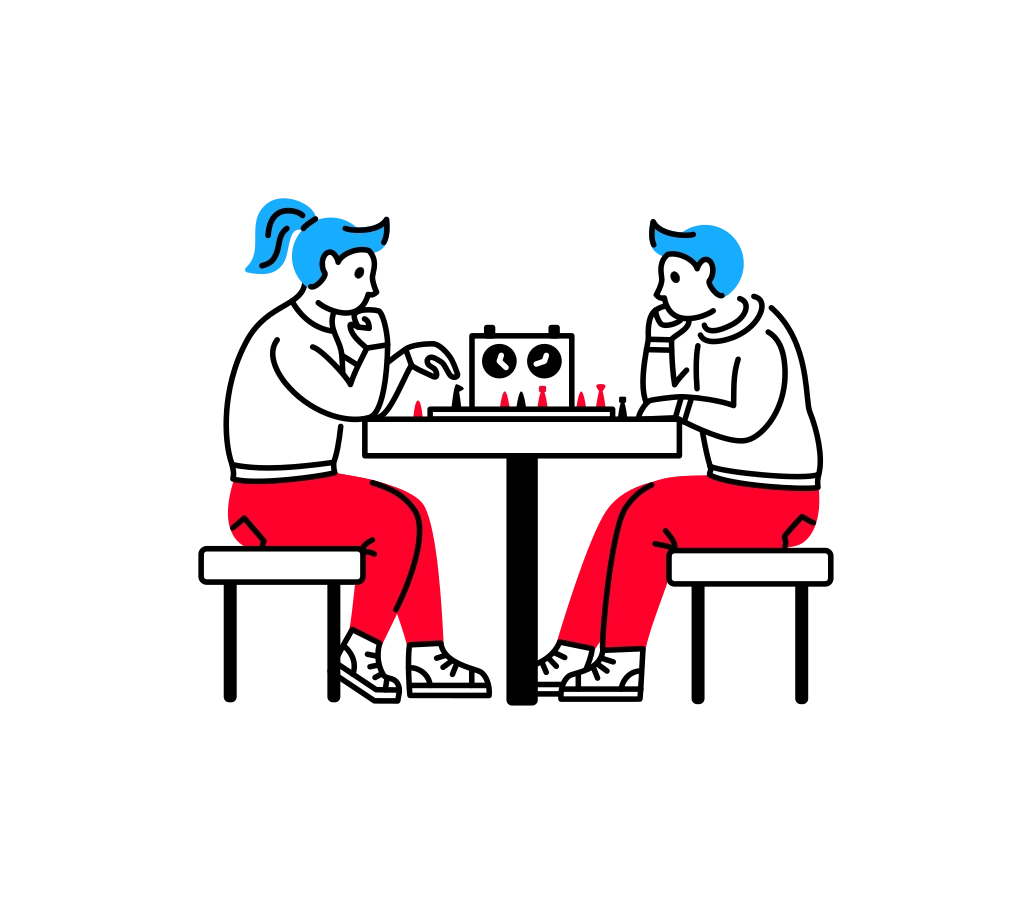

2. How does a Pawn Capture?
A pawn captures in diagonal directions. It can move one square diagonally to the left or right and capture a piece or another pawn.
A pawn captures in left and right diagonal directions.
Remember that a pawn can't move more than one square diagonally. Therefore, it always captures the pawns and pieces that stand right next to it in diagonal directions. For instance, the pawn at e4 can capture the knight at f5 and the bishop at d5, but not the pawn at e5.
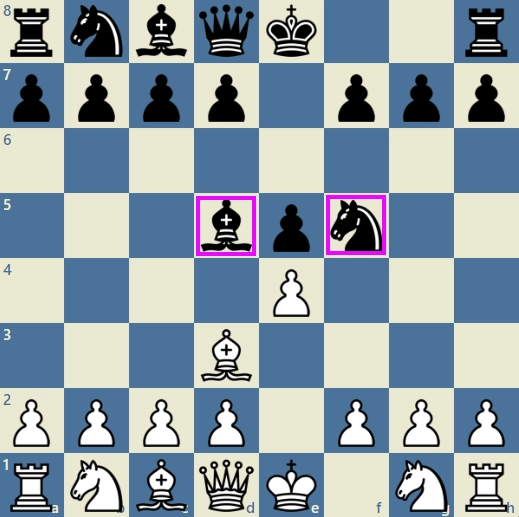
Why can't the pawn at e4 capture the pawn at e5? Because even though a pawn moves forward, it doesn't capture in the same direction. It only captures diagonally.
Can a Pawn Capture a King? Read "Can a Pawn Take a King in Chess?" to find out.

3. Special Pawn
Rules
Most beginners play games with a similar mindset. They think only they can ensure a win only by playing the pieces right. They play a rather careless game by mindlessly sacrificing pawns. However, advanced chess players and experts differ here.
A good chess player knows that the game's fate depends on how they play the pawns. A pawn may look like a helpless character on the chessboard, but that's not the truth.
There are several rules set by FIDE that can turn pawns into powerful weapons. Every beginner must be aware of these special pawn rules to see upcoming attacks and use the pawns to attack the enemy.
4. En Passant
En Passant is a special rule of pawn capture in which a pawn can capture another pawn horizontally that has just advanced two squares in one move. In other words, a special pawn rule allows a pawn to be captured horizontally by the adjacent opponent's pawn.
A pawn can capture another pawn horizontally by using the En Passant rule. In En Passant capture, the captured pawn is always a pawn that's moving for the first time because only that's when a pawn can move two squares at a time.
After capturing the pawn, the attacker pawn moves to the square that the advancing pawn passed over as if the advancing pawn is there on the skipped square.
Example
The black pawn at d4 can capture the white pawn at e4. After capturing it, it moves to the skipped square, e3.

Keep in mind that such capture is allowed only on the turn immediately after the two-square advance, and it cannot be done in the next turns. Also, En passant is the only capture in chess where the capturing piece does not take the captured piece's place.
5. Pawn Promotion
Pawn promotion is a game-changing rule in chess. According to this rule, a pawn can become a piece of its choice-a rook, bishop, knight, or the queen–when it reaches the 8th file. In other words, if you can successfully reach your pawn to the last line of the chessboard, it can turn into a piece of your choice.
A pawn promotes to a piece of its choice after reaching the 8th file. Yes, it means you can have two queens on the chess board simultaneously.
6. 50-Move
Rule A 50-move-rule is another FIDE rule that makes pawns crucial to the game of chess. According to this rule, if both the players don't move or capture pawns for 50 moves consequently, then it's a draw. This rule makes playing pawns vital to keep the game going. Fun Fact: A pawn was called paizada in the game of Chatranj.
Read the History of Chess to find out its other names.
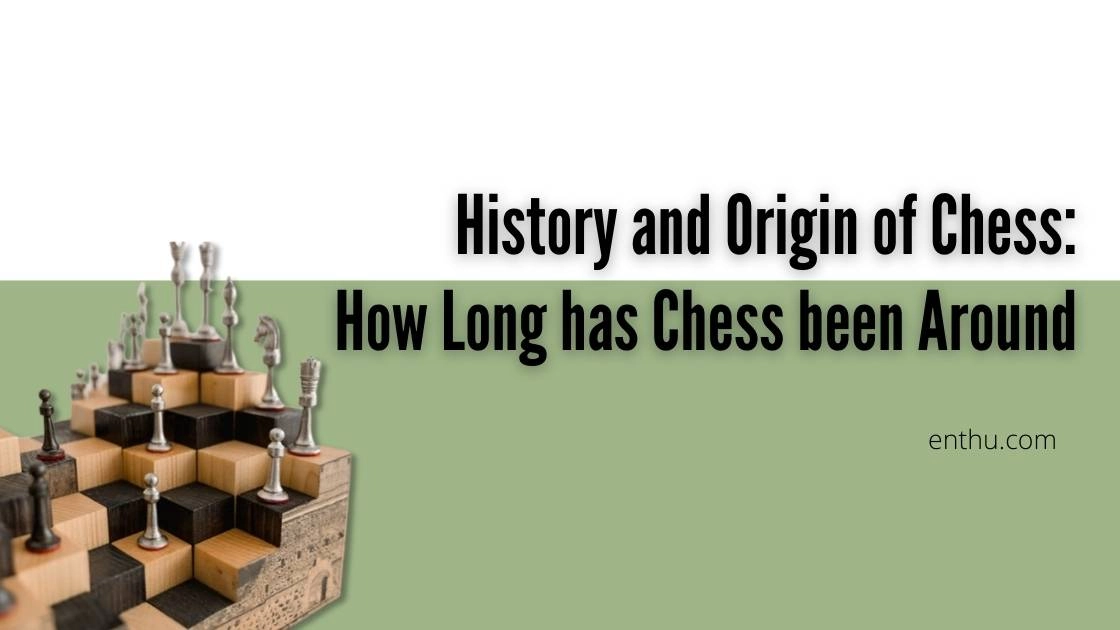
7. Pawn Strategies in Chess
The Role of Pawns in Opening Strategies
Pawns are crucial to opening strategies in chess games. A pawn takes the first move in a good opening strategy. Opening strategies mostly book moves.
Be it 1. e4 or 1. d4, the first pawn move will create the line you'll play. There the role of the pawn in the opening game is vital. A player must know how to play his pawns right to win a game. Pawn structures from openings decide the middlegame.
A good chess player knows that openings give birth to pawn structures and the structures primarily decide how the game will progress. In high-level chess games, it is important to understand the fundamental pawn formations that can arise from the opening strategies you're playing.
The Role of Pawns in Endgame Strategies
When it comes to endgames, pawns become extremely crucial. They can change the power dynamics on the chess board, resulting in changing the game entirely. If you can play the pawns well, you can checkmate in fewer moves than expected.
Ways a pawn can affect an endgame
A passed pawn can promote itself to a queen or any other powerful piece.
A rook pawn in king-and-pawn endings can make the game a drawn game.
Suggested Readings


Conclusion
Pawns are the hidden weapons in a chess game. You may or may not take pawns seriously; that's your choice. But if you do, you will play the perfect opening by creating a brilliant pawn formation, eventually acing the middlegame and the ending
Therefore, readers, please understand how does a pawn move in chess, so that you can use it to create advantageous positions in chess.
FAQs
1) How does a pawn capture in chess?
A pawn captures in diagonal left and right directions. Remember, a pawn moves and captures only in the forward direction, but En Passant is an exception.
According to En Passant, a pawn can capture another pawn horizontally only if it has just moved two squares. Remember that the captured pawn must move for in the previous move only, not before.
2) Do pawns move in straight or diagonal?
Pawns move in straight pathways. They move one square at a time.
3) How many times can you do En Passant?
Pawns move in straight directions, so a pawn gets the opportunity to capture two enemy pawns, one on either side. Therefore, a pawn gets opportunities to capture two pawns by En Passant, but practically it can only capture any one enemy pawn.
4) What does En Passant mean?
En Passant is the french translation for "in passing" in English. It's a special pawn capturing rule in chess.

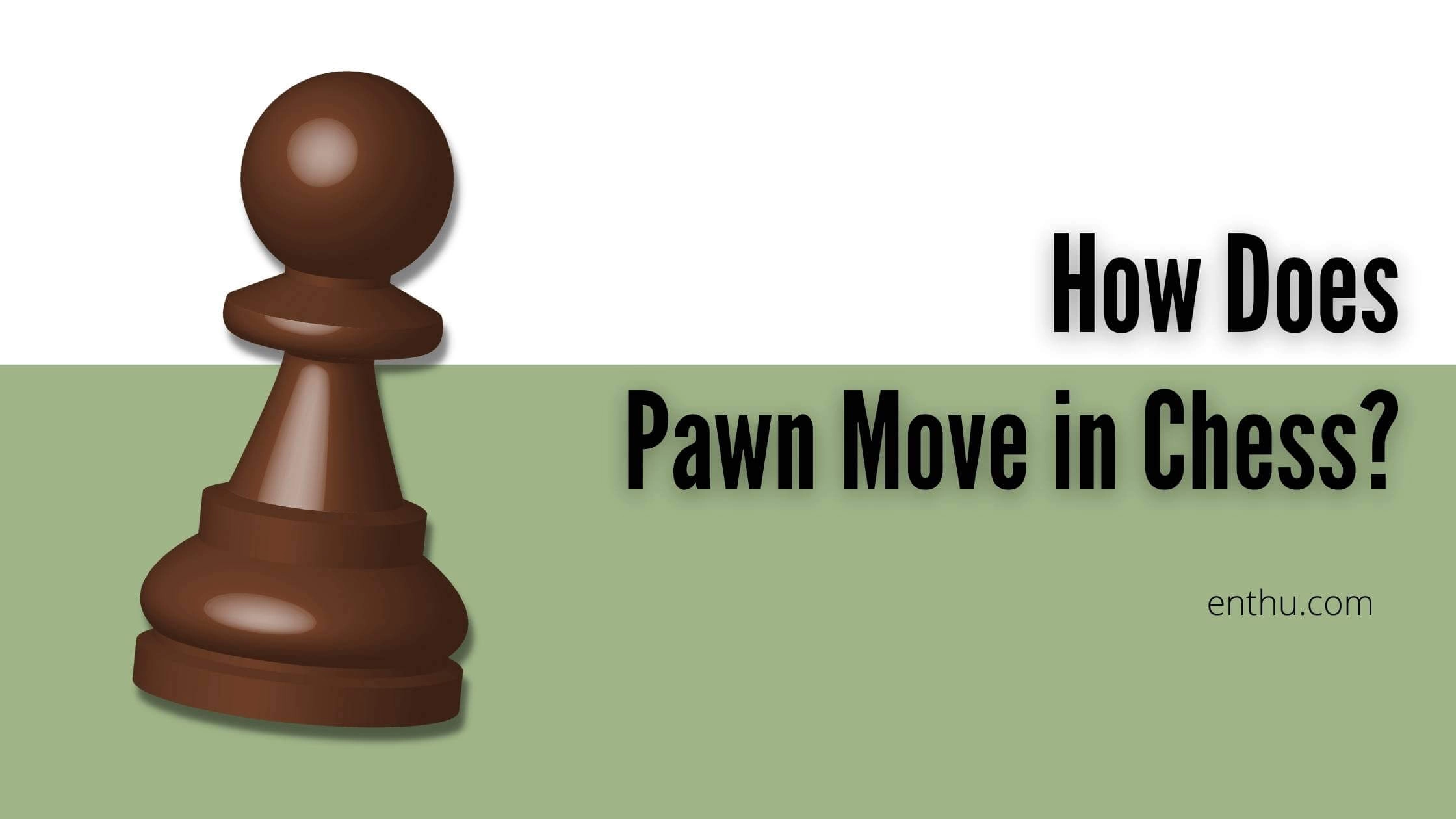
Comments